1-3. The meaning of the FEATHERS
RED FEATHER – Holds the Blood of our People.
‘Maa te ngaakau aroha koe e aarahi, ko te ahurei o te tamaiti arahia oo tatou mahi’
Let a loving heart guide your decisions, Let the uniqueness of a child guide your work.
BLACK FEATHER – Uncertainty of Tomorrow.
‘Kei oou ringaringa te ao’
The world is in your hands.
ORANGE FEATHER – Holds the Colour of the Land Te Papakanui-A-Maui.
“Maa taatou katoa e te atawhai I te taaonga ao turoa”
Everyone has a role to play in conservation.
4. The meaning of the FACE
The face of our tohunga represents the face of Te Atawhai Puumanawa, with flame like patterns on the nose to represent the flare and eagerness we have moving into our tomorrow.
The upper design in the middle represents the pou of our identity (mixing our blood and our turangawaewae), holding our 3 elements that help us reach our morals.
The upper design being of a koru represents the rebirth of Te Atawhai Puumanawa and how it will always be a grounding mechanism for not only us but the future generations.
The two swiping design links us to our pou and all of our morals directly to the eyes, to instill the vision of Te Atawhai Puumanawa.
5. The meaning of the EYES
The eyes of our tohunga are open wide staying alert and aware of what it is in front of us.
6. The meaning of the LIPS & MOUTH
The design on our tohunga lips and around his eyes, represents our movement reminding us that there will be blockages, however there is always a way to move forward no matter how little or how big, we must move forward.
The bottom design represents holding our land, and people carrying it wherever we are.
7-8. The meaning of the WINGS
The side designs are our wings, letting us soar to whatever height we desire
The design is “Okea ururoatia” – “keep fighting!” Strive, which comes from the whakatauki “kaua e mate wheke, mate ururoa” – “don’t die like the octopus, die like the hammerhead shark”
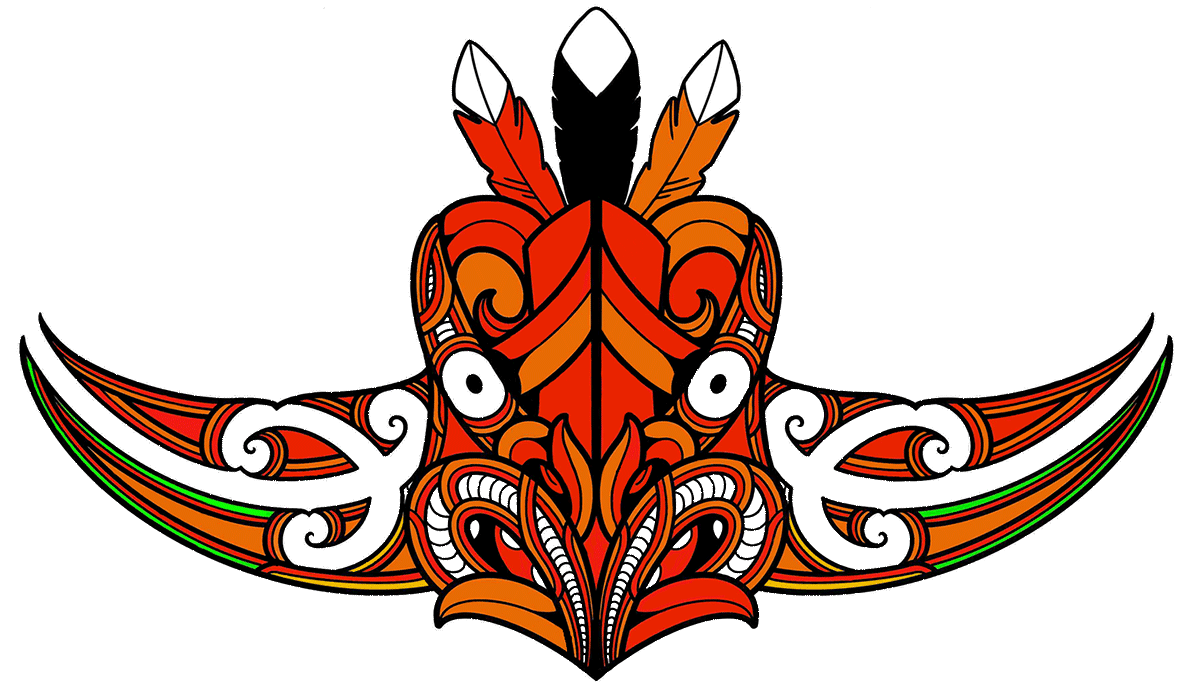
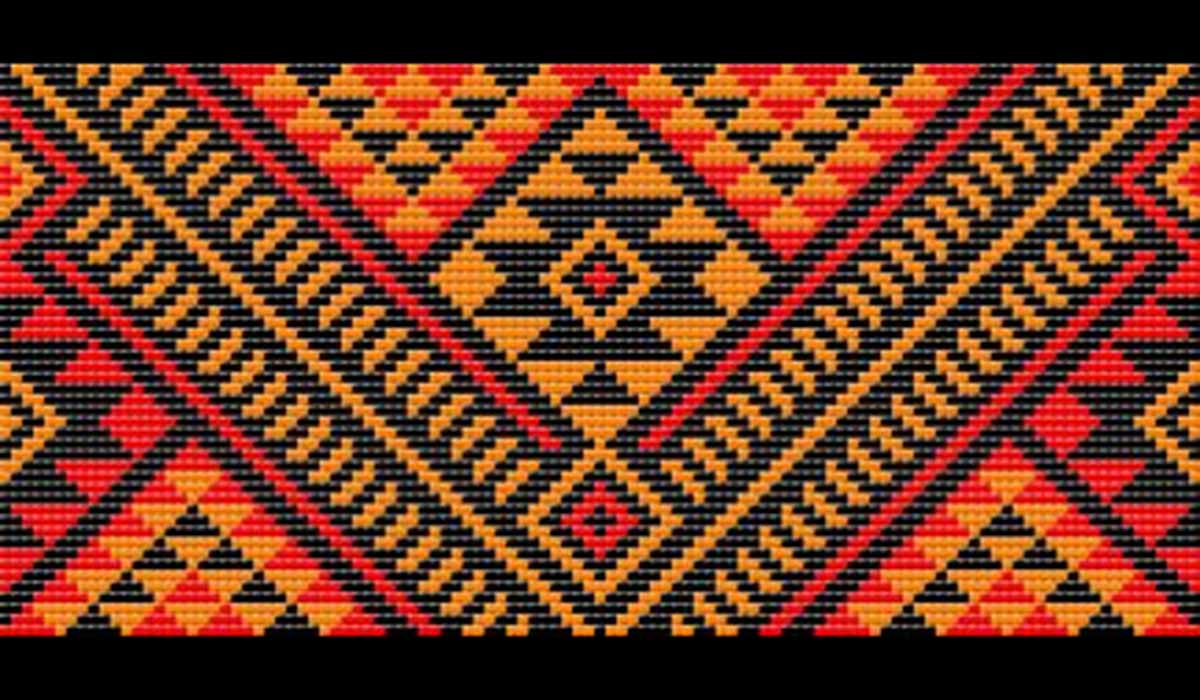
1. The meaning of the CENTER MOTIFF
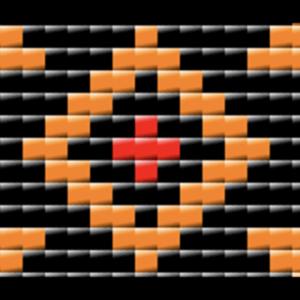 Starting in the centre of the top motif, acknowledges and marks the beginning creation of Te Rōpū Atawhai, the heart/ Patiki centre pulsating outward starting the journey.
Starting in the centre of the top motif, acknowledges and marks the beginning creation of Te Rōpū Atawhai, the heart/ Patiki centre pulsating outward starting the journey.
2. The meaning of the NIHO PATTERN
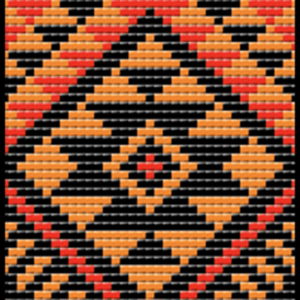 Moving on outwards the Niho triangular pattern with the Orange niho reaching inwards guidelining and guarding Te Rōpū Atawhai. These niho are representatives of the founding and foundation members with the black elongated niho being the foundations.
Moving on outwards the Niho triangular pattern with the Orange niho reaching inwards guidelining and guarding Te Rōpū Atawhai. These niho are representatives of the founding and foundation members with the black elongated niho being the foundations.
Moving to the outside borders which is the Kaokao pattern, this pattern has many different meanings behind it, for me when pertaining to a kapa haka this is an affirmation to kaihaka of the discipline needed for the different levels there are to kapa haka, the “hope” hands on hips pose.
3. The meaning of the PATIKI PATTERN
 Coming down to the Patiki under the top motif, this Patiki is a symbolic representation of Te Atawhai Pūmanawa, the potiki of the overall group. Through the many avenues Te Rōpū Atawhai have created for our people they have now birthed the next generation of kaihaka.
Coming down to the Patiki under the top motif, this Patiki is a symbolic representation of Te Atawhai Pūmanawa, the potiki of the overall group. Through the many avenues Te Rōpū Atawhai have created for our people they have now birthed the next generation of kaihaka.
4. The meaning of the WAIKARE PATTERN

Pulsating outwards we move outwards we have Waikare or the rippling waters pattern, in this Tāniko it is representing the vibrating waves and the pulsating hearts the rippling waves of the tutors and kaihaka of Te Atawhai Pūmanawa. An affirmation fit now being your time!
5. The meaning of the SIDE NIHO PATTERN
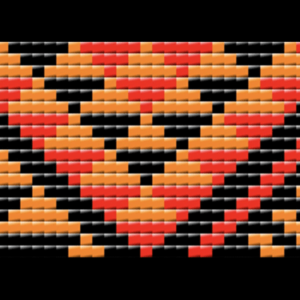 Moving up to the Niho pattern at the top sides which is also repeated on the sides at the bottom, this pattern acknowledges the other mahi Te Rōpū Atawhai does and the abundance of skills that help maintain and sustain their kaupapa.
Moving up to the Niho pattern at the top sides which is also repeated on the sides at the bottom, this pattern acknowledges the other mahi Te Rōpū Atawhai does and the abundance of skills that help maintain and sustain their kaupapa.
6. The meaning of the BLACK KAOKAO

The black Kaokao pattern surrounding the main Patiki motifs marks the timeline, birth and creation of Te Rōpū Atawhai and the bringing of change, and new generations, creation and creating the new branch of Te Atawhai Pūmanawa.

